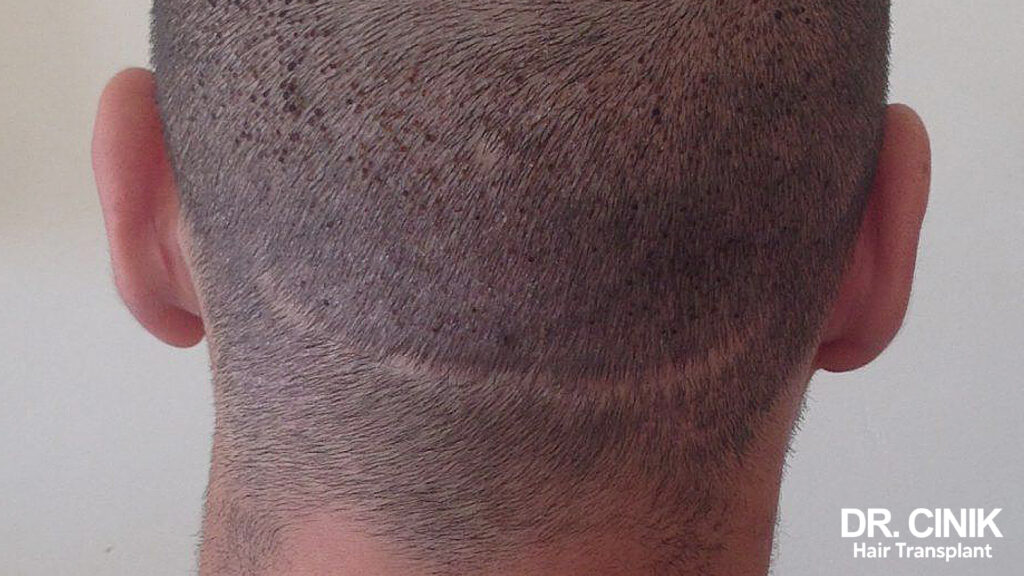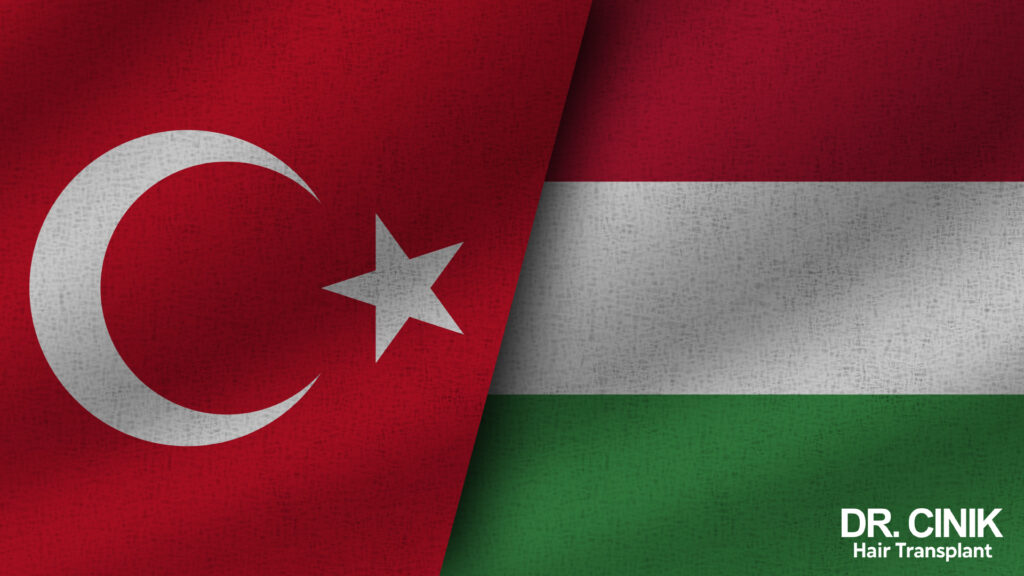The Donor Area for a Hair Transplant: Our Complete Guide

Sommaire
The donor area is pivotal in the success of hair transplantation. Found on the back and sides of the skull, this zone is a reservoir for hair follicles with greater resistance to pattern baldness (androgenetic alopecia). These follicles are carefully harvested and then re-implanted into the recipient areas at the front of the scalp or on the vertex. Because these extracted hair follicles do not regenerate, it’s vital to meticulously manage the donor area to ensure an effective hair transplant and preserve the potential for any future supplementary procedures.
What is the Donor Zone, and What is Its Role?
The donor area encompasses the skull’s back (occiput) and sides (temples). It is the territory from which the surgeon extracts grafts for transplantation to the thinning areas. These grafts are scalp segments containing one or more healthy hair follicles, which are carefully re-inserted into the balding sites. Hence, the donor area is the critical “reservoir” of viable grafts.

Location of the Donor Area
The size of the donor zone can differ among individuals, but it typically encompasses:
- The occipital region is situated at the back of the head, stretching from the hairline to the nape of the neck.
- The retro posterior zone is the occiput’s lower segment, positioned above the nape and between the two ears.
- The temples: the side regions of the upper section of the head, flanking the ears on both sides.
Essential Role in Transplant Success
The donor area’s health is crucial for a successful hair transplant because its follicles are inherently resistant to hereditary hair loss, known medically as androgenetic alopecia. It is the sole source of healthy and durable hair follicles for those affected by this condition.
Therefore, preserving the donor area when extracting follicles is paramount to sustaining a long-term supply of viable grafts, which is key to achieving enduring results from the transplant.
The Importance of a Thorough Evaluation Before Surgery
Conducting an in-depth assessment of the patient’s donor area before a hair transplant is critical for the surgeon. This involves a very detailed analysis to ensure the best possible outcome.
The surgeon will evaluate several key factors, including:
- Hair density: the number of follicles per square centimetre.
- Assessments of hair calibre and vascularisation.
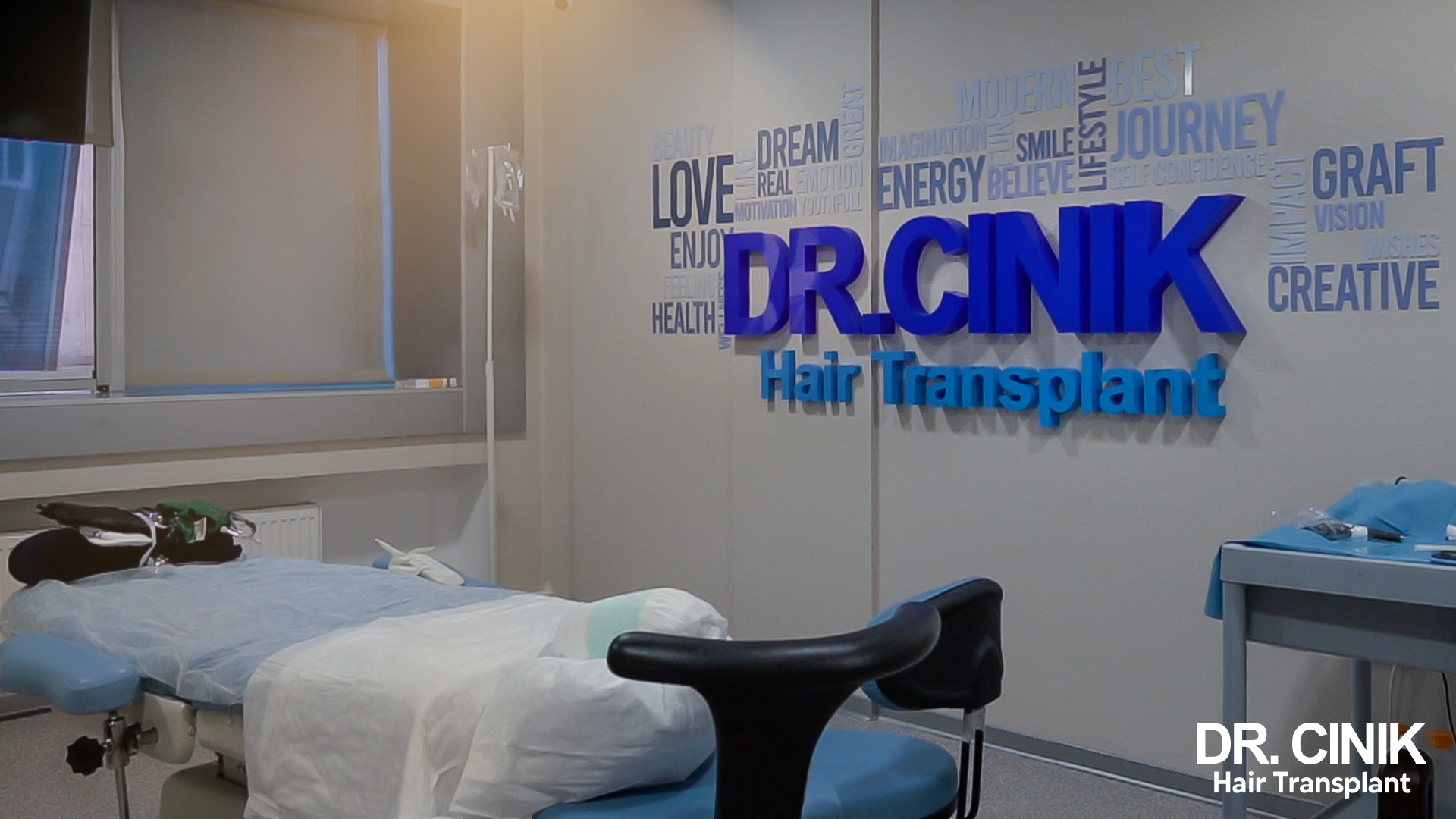
These metrics help the surgeon gauge the strength and quality of the potential grafts. By examining the donor area as a whole, the surgeon can determine the maximum number of grafts that can be safely extracted without disrupting the area’s aesthetic balance. This careful calculation ensures that the integrity of the donor site is maintained and establishes the limit for follicle extraction.
Are Harvested Grafts regrow?
Contrary to popular belief, once hair follicles are harvested from the donor area do not regenerate. The depletion at the donor sites is a permanent condition. Therefore, conserving as many grafts as possible is imperative for optimal results and future considerations.
No Regrowth of Grafts
Indeed, when a graft containing a follicle is removed, it leaves behind a tiny wound that will eventually heal and scar over. However, this does not lead to new hair growth at the extraction point.
The Need to Conserve Resources
Because there is no chance of regrowth, it is essential to extract grafts judiciously, ensuring only the necessary amount is removed. This careful approach helps prevent the creation of sparse patches or noticeable gaps in the donor area. It’s all about preserving a reserve of quality grafts for any subsequent procedures.
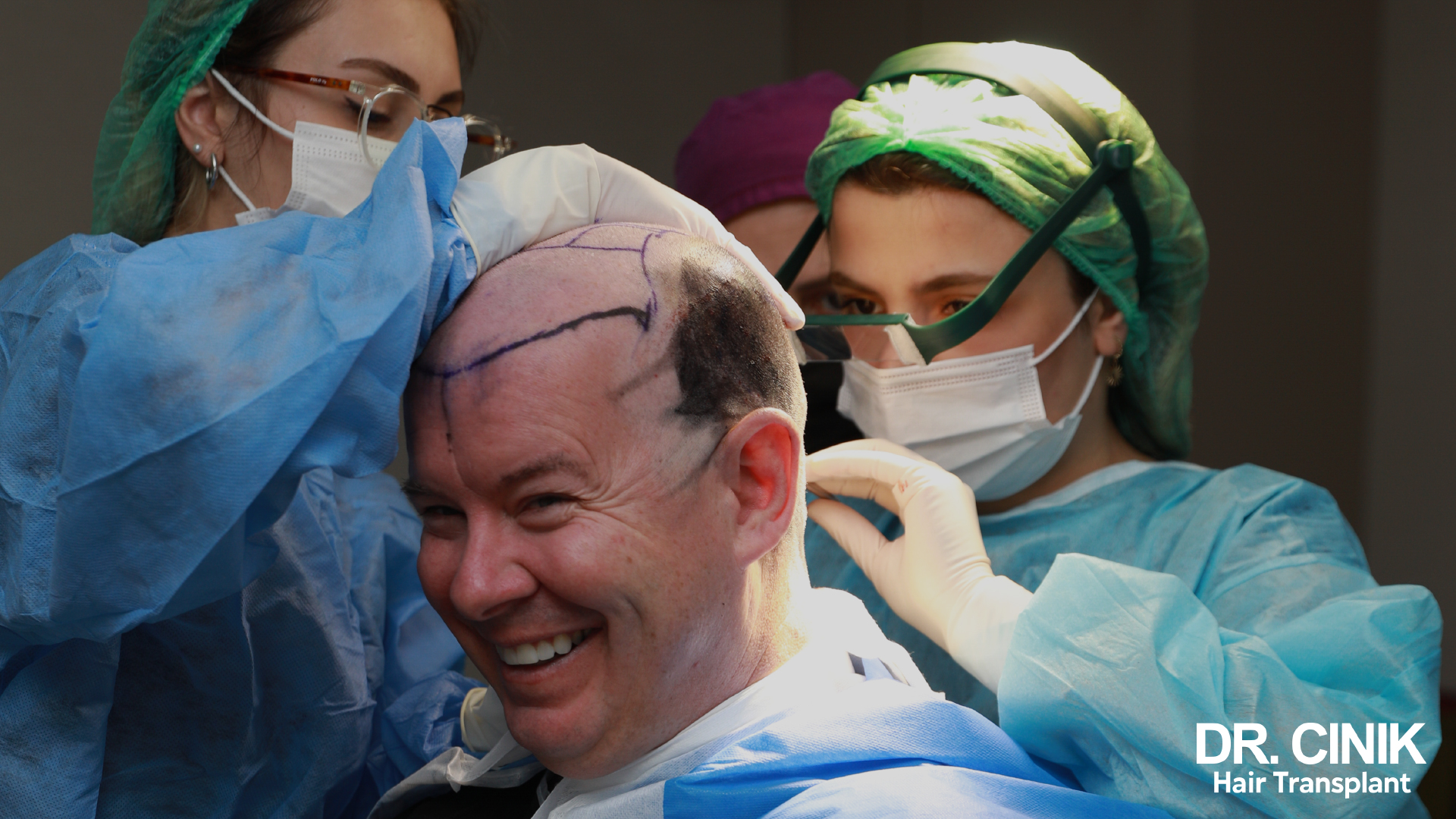
Conserving the Donor Area for Future Transplants
When performing a hair transplant, the surgeon might focus on addressing the most prominent bald spots on the forehead and vertex, which greatly influence the patient’s appearance.
The surgeon strategically conserves the donor area by implanting only the essential number of grafts needed for a satisfactory but perhaps partial restoration. This approach allows for the potential of a second hair transplant in the future.
Should the patient’s alopecia advance, leaving additional regions bald, or in cases where not all areas were treated in the initial procedure, a secondary transplant can be planned to refine and enhance the results.
It is generally recommended to allow a minimum interval of 12 months between two hair transplant procedures. This ensures proper healing and assessment of both the transplanted areas and the donor site.

What are the Risks of an Overexploited Donor Zone?
Unscrupulous practitioners might be tempted to harvest an excessive number of grafts in a single operation, neglecting the well-being of the donor area. However, this can lead to several significant risks.
A Depleted Donor Area
Overharvesting can result in the creation of visible holes and a generally sparse appearance within the donor zone. Such damage is visually unsightly and, unfortunately, irreversible due to the permanent loss of grafts.
No Potential for Further Transplants
When the donor area is pushed beyond its limits, the available follicular reserve depletes rapidly, eliminating the possibility of future hair transplants. This is especially problematic if alopecia progresses further. Additionally, the quality and viability of any remaining grafts may diminish, impacting their survival rate post-transplant.
Impeded Healing and Increased Risk of Complications
Aggressive harvesting not only thins out the hair but also slows down the healing process. This approach escalates the risk of post-operative issues such as inflammation and infection.
An Unnatural and Temporary Outcome
Ultimately, pushing the donor area too far in the initial procedure might yield a denser look, but one that often appears unnatural. Furthermore, the quality of the implants suffers, resulting in a solution that fails to offer a lasting improvement.
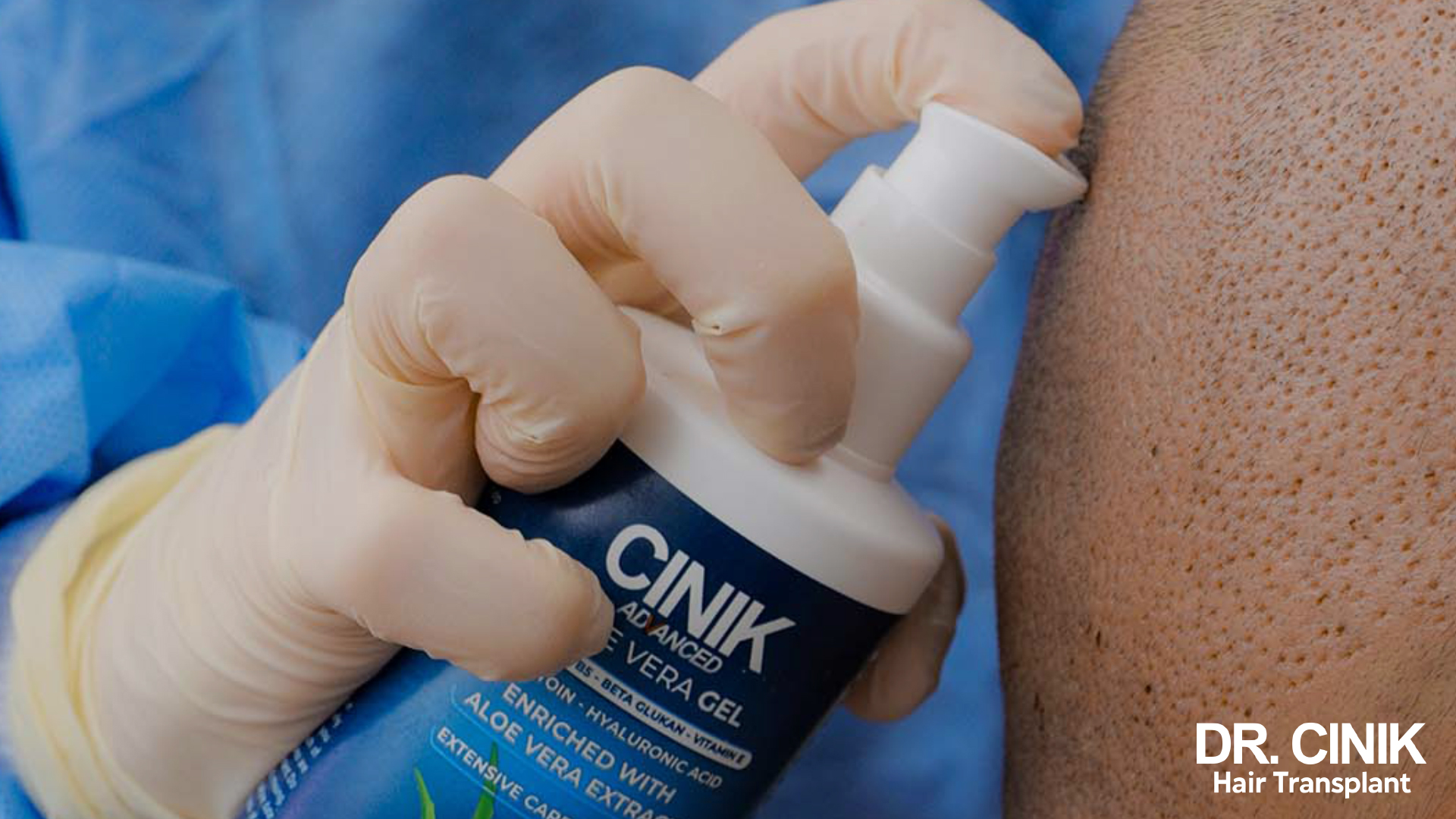
Alternative Donor Sources for Limited Donor Areas
Alternative sources from other body areas may be considered for individuals with insufficient donor hair on the scalp. These areas include:
- Beard hair
- Hairs from the chest
- Hair from the shoulders
- Even hair from the pubic region
In practice, the characteristics of body hair may alter after being transplanted, potentially matching the scalp hair better. However, it’s important to note that these body hairs typically have a lower survival rate post-transplant than scalp hair from the back of the head.
Additionally, the quantity of follicles available for transplantation from these secondary zones is quite limited, and only a handful of surgeons offer this option as a feasible alternative.
Post-Operative Care for the Donor Area
The donor area requires special care to ensure optimal healing and recovery post-surgery.
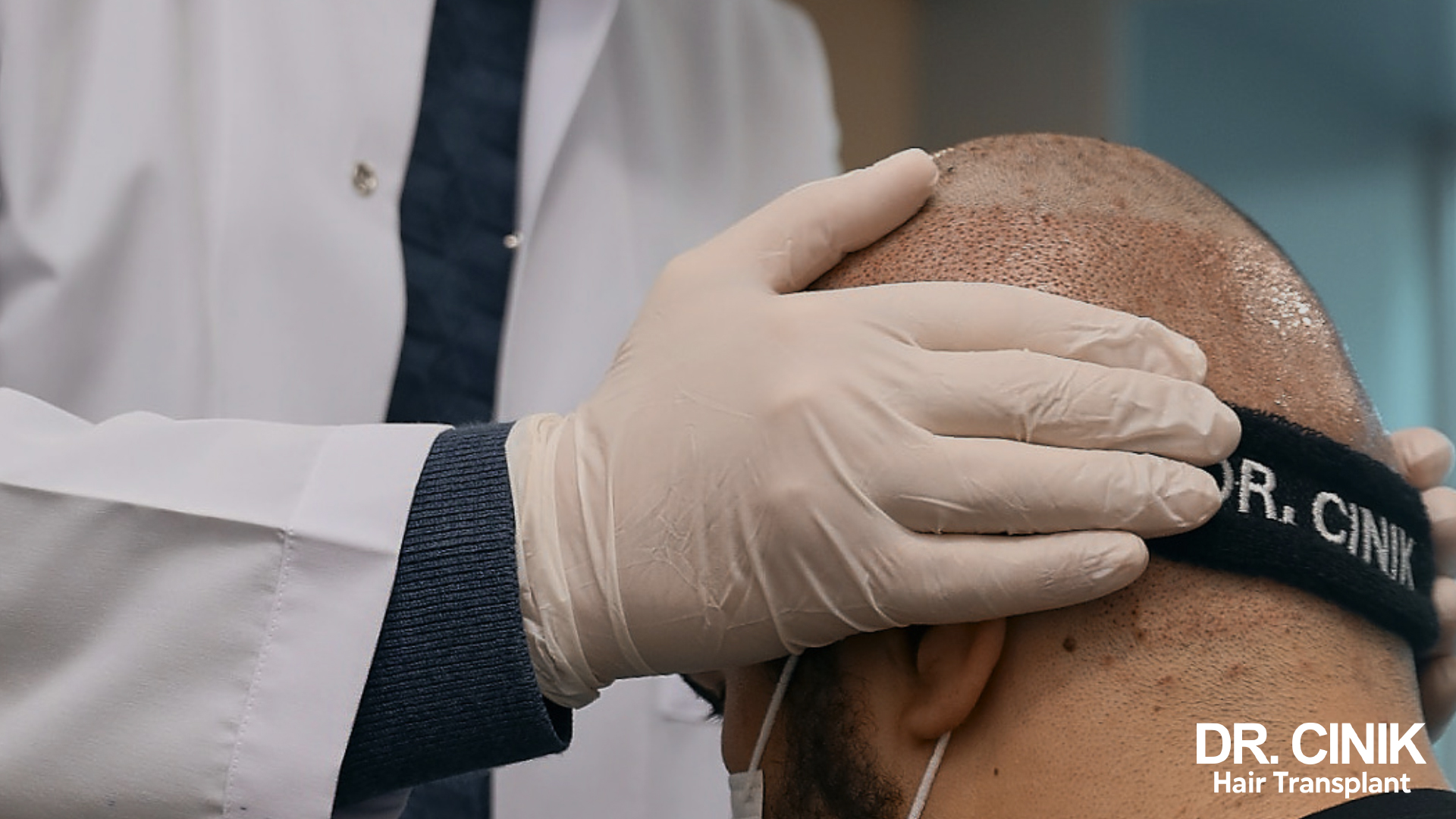
If You Experience Itching or Pain in the Donor Area After the Hair Transplant
Following a hair transplant, it’s common for patients to experience itching or slight pain at the extraction sites. These symptoms are generally temporary, typically subsiding within 5 to 7 days. Pain medication may be prescribed to alleviate discomfort. Should itching occur, it’s crucial to resist the urge to scratch, as this could heighten the risk of infection.
Adhere to the Surgeon’s Post-Operative Care Instructions
The surgeon will advise moisturising the donor area with a gentle spray during the initial post-operative days. Close attention will also need to be paid to the healing process, watching for the formation of any scabs or redness, which could indicate infection.
 en
en

